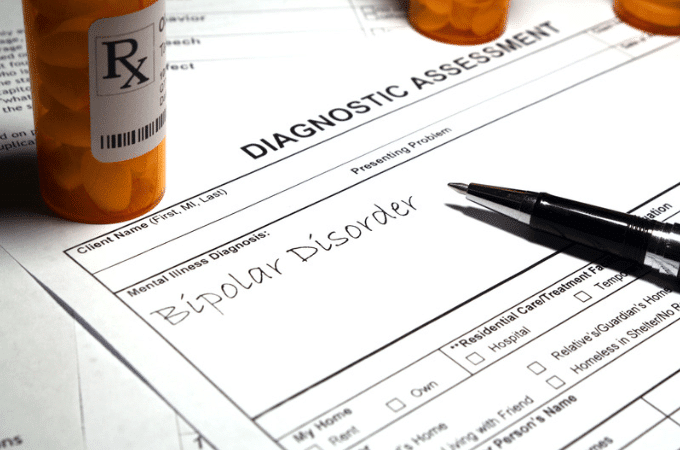
Table Of Contents
Understanding Your VA Rating for Bipolar Disorder
Bipolar disorder, formerly known as “manic depression,” can cause extreme emotional highs and lows. Depending on the severity of the condition and where in the cycle, bipolar disorder may impact judgment, mood, ability to sleep, energy levels, and clear thinking. The VA classifies this disorder as a mood disorder, and disability ratings are determined based on the same criteria used to rate other mental health disorders.
Possible Ratings for Bipolar Disorder and Other Mental Disorders
The VA disability rating for bipolar disorder maybe 0%, 10%, 30%, 50%, 70%, or 100%. A veteran who receives a 70% disability rating due to this disorder may qualify for total disability due to individual unemployability (TDIU) and receive benefits at 100%.
Here’s an overview of what’s required for each disability rating:
- A veteran may be assigned a disability rating of 0% if they have been diagnosed with bipolar disorder. Still, the symptoms they suffer are not sufficient to impair social or occupational function and they don’t require continuous medication.
- A veteran who has been diagnosed with bipolar disorder will be assigned a disability rating of 10% if their ability to perform occupational tasks is reduced only during particularly stressful times, or their symptoms are controlled by continuous medication.
- A veteran who has been diagnosed with bipolar disorder will be assigned a disability rating of 30% if their work efficiency is diminished and they suffer intermittent inability to perform occupational tasks but can maintain routine behavior, self-care, and communication.
- A veteran who has been diagnosed with bipolar disorder will be assigned a disability rating of 50% if they exhibit occupational and social impairment with reduced reliability and productivity. This may be characterized by symptoms such as frequent panic attacks, impaired judgment, mood disturbances, and difficulty establishing and maintaining effective relationships.
- A veteran who has been diagnosed with bipolar disorder will be assigned a disability rating of 70% if they exhibit occupational and social impairment in most areas, such as work, school, judgment, mood, and family relationships. Symptoms may include suicidal ideation, near-continuous panic or depression, impaired impulse control, and inability to establish and maintain relationships.
- A veteran may receive a 100% disability rating for bipolar disorder if they experience total occupational and social impairment, which may be characterized by symptoms such as gross impairment of thought processes, gross impairment in communication, persistent hallucinations or delusions, present danger of harming themselves or others, and disorientation to time and place.
Talk to an Experienced Veterans Benefits Advocate
Establishing service connection and providing sufficient medical and non-medical documentation to establish the appropriate disability rating can be a challenge. At Veterans Help Group, our seasoned advocates help veterans assemble the most effective applications and evidence possible. To learn more about how we can help, call (855) 855-8992 or contact us here.
More Articles
How to Win Your PTSD Claim
How to Win Your PTSD Claim - Donnel Beckles, Managing VA Advocate, Veterans Help Group Donnel Beckles is a top Veterans Advocate, and a member of the National Organization for Veterans Advocates. Donnel is accredited to practice...
What Causes PTSD to be Triggered in Veterans?
In the past 15 years, the estimated number of veterans who have been diagnosed with PTSD currently numbers more than 500,000. As many as 60,000 of these veterans are Iraq and Afghanistan war veterans. Estimates show more than 20% to 30% of veterans...













